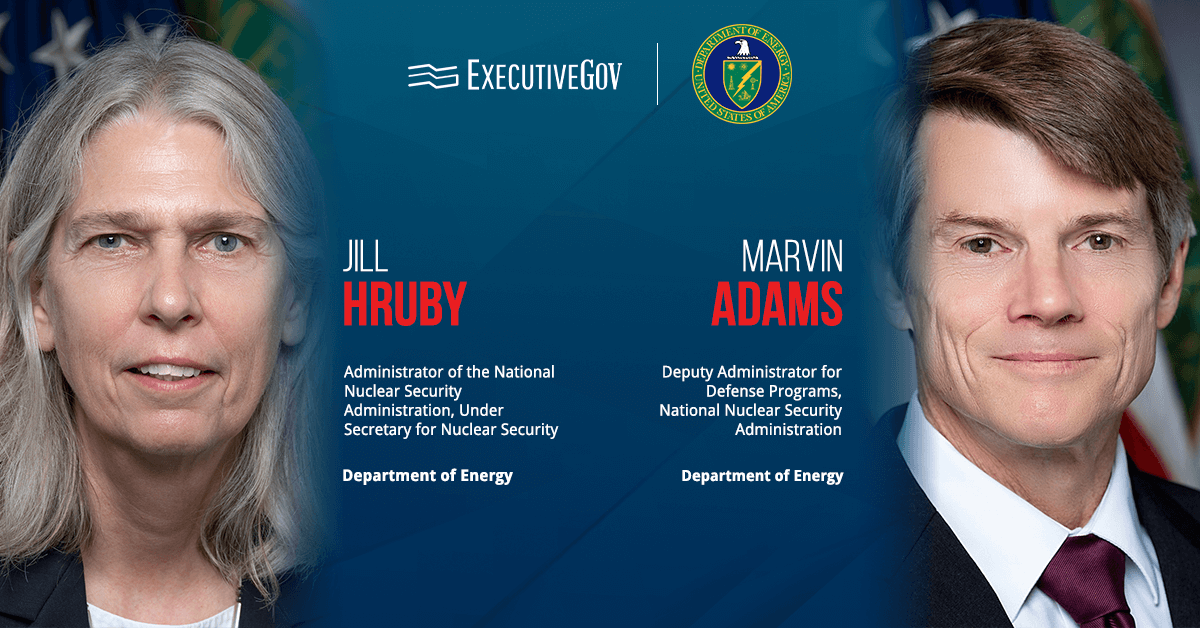Precision Talent Solutions, or PTS, has unveiled its yearly report on the important events and trends transforming the national security and defense environments.
The 2024 Year in Review edition covers topics like NATO, LOGCAP, DLA, DiPSS, DTRA, CHIPS, cybersecurity, artificial intelligence and M&A activity, PTS announced Sunday. The company analyzed and featured human intelligence, earning reports, guest commentary and market research in its latest Year-in-Review edition.
Jake Frazer, president and co-founder of PTS, said, “From the ongoing conflict in Ukraine and turmoil in the Middle East to the transformative influence of the U.S. presidential elections, this year has redefined foreign policy priorities and strategies worldwide.”
“At PTS, we continually monitor major programs, contract awards, and M&A developments ensuring our customers and candidates have critical insights beyond talent alone,” noted Frazer.
The report sources conferences and guest writers to highlight global security shifts, government contracting market trends and strategic collaboration reshaping industry competition.
About PTS
Established in 2016, PTS is an executive search firm specializing in the GovCon industry.
The company uses its services in business development, operations and program management recruitment to support organizations in developing teams. In December 2024, PTS launched its BD Expert Search service to help clients hire business development professionals throughout the government contracting industry.












